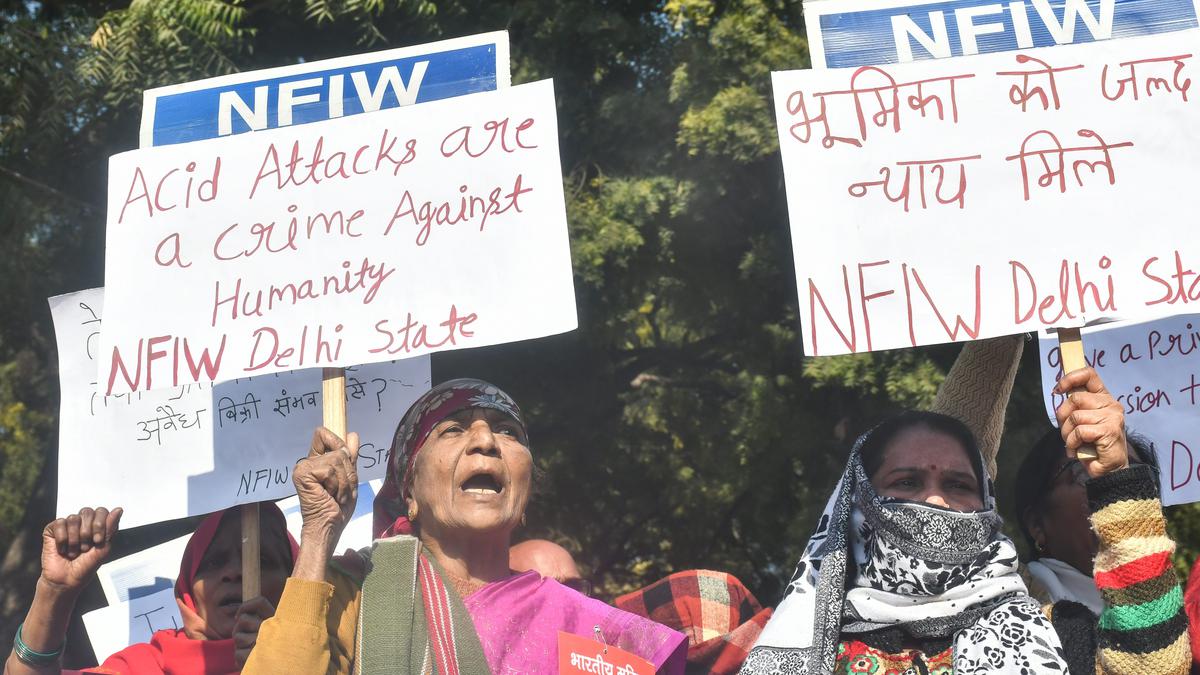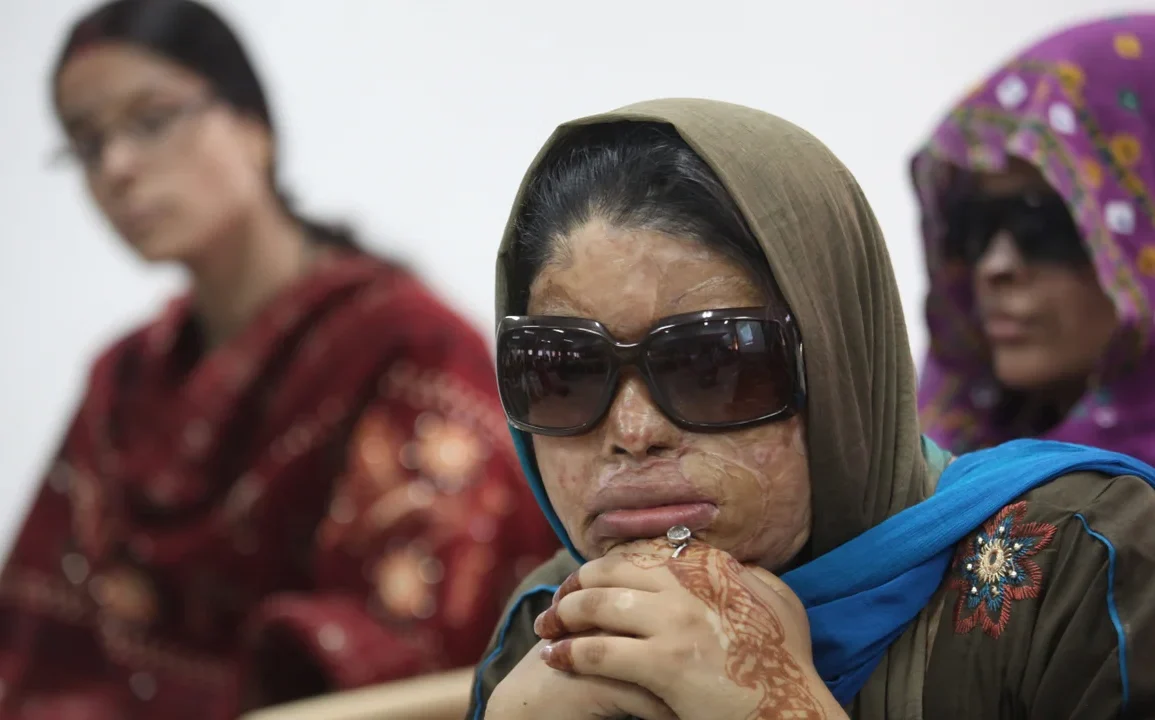India, a nation known for its diversity and vibrant culture, has been grappling with the scourge of acid attacks, a heinous crime that has left countless victims scarred, physically and emotionally. Acid attacks, which involve throwing corrosive substances like sulfuric acid, nitric acid, or hydrochloric acid on a person’s face or body, have become a growing concern in the country, with over 2,500 cases reported between 2014 and 2020 alone. In this article, we will go into the laws governing acid attacks in India, the challenges faced by victims, and the rehabilitation efforts underway to help them rebuild their lives.
Laws and Regulations: A Step Towards Justice
India has enacted several laws to prevent and punish acid attacks. The Acid Attack (Prevention) Act of 2013 makes it mandatory for chemists, pharmacists, and retailers to maintain a record of all acid-sale transactions. The act also introduces a minimum sentence of 10 years imprisonment and a fine of up to Rs 1 lakh (approximately USD 1,370) for those convicted of acid attacks. Additionally, the Protection of Children from Sexual Offences (POCSO) Act and the Protection of Women from Domestic Violence Act also cover acid attacks. These laws, while necessary, are often limited in their effectiveness due to poor implementation, lack of resources, and inadequate reporting.
Victim Support and Rehabilitation: A Long and Difficult Road

The aftermath of an acid attack is often characterized by extreme pain, disfigurement, and psychological trauma. Victims face significant challenges in rebuilding their lives, including the loss of livelihoods, social stigma, and inadequate medical care. Reconstructive surgeries, rehabilitation programs, and psychological counseling are essential for victims to regain their physical and emotional well-being. Organizations like the Stop Acid Attacks foundation, Saarthi Trust, and the Association for the Help and Support of Acid Attack Survivors (AHSAAS) work tirelessly to provide support and resources to victims, often with limited funding and resources. These organizations face numerous challenges, including accessing remote areas, convincing victims to come forward, and addressing the psychological trauma and stigma associated with acid attacks.
The Road Ahead: Collaboration and Awareness
To effectively combat acid attacks, it is essential to address the root causes of these crimes, including gender inequality, social norms, and the readily available supply of corrosive substances. Collaboration between governments, civil society organizations, and individuals is crucial to raise awareness about acid attacks and promote a culture of tolerance and acceptance. Public awareness campaigns, community outreach programs, and education initiatives can help change attitudes and behaviors that perpetuate violence against women and girls. The government, too, must take concrete steps to improve law enforcement, provide adequate compensation and rehabilitation to victims, and ensure the effective implementation of laws and regulations.
Acid attacks in India are a symptom of a deeper societal issue, reflecting the complex interplay of gender inequality, social norms, and economic pressures. While laws and regulations are essential, they are insufficient without a comprehensive approach that addresses the root causes of these crimes. To truly make a difference, we must work together to raise awareness, challenge patriarchal attitudes, and provide support and rehabilitation to victims. Only by doing so can we hope to create a safer, more just, and more compassionate society for all.


